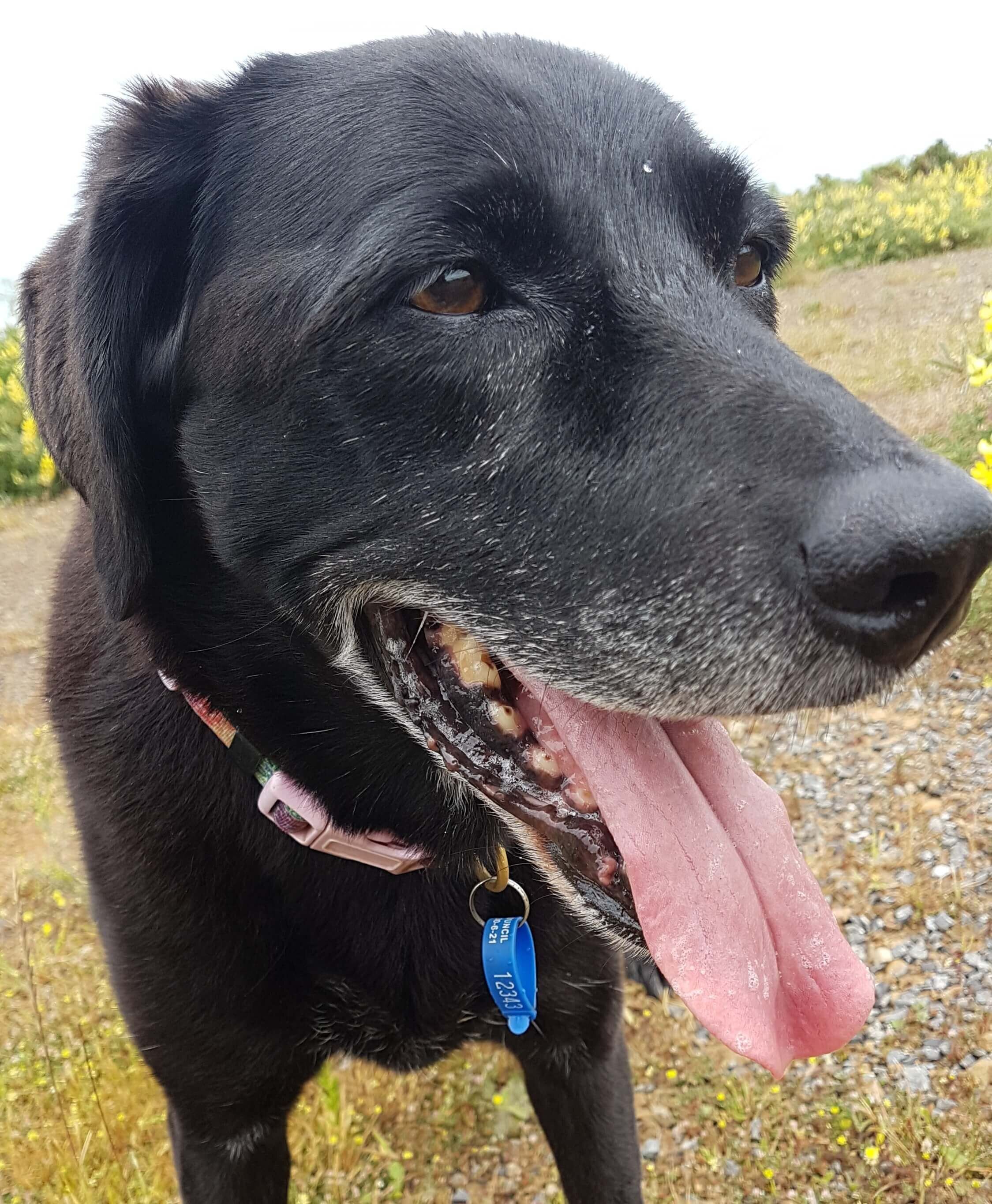How to teach your dog to come when called
I live near a dog park and if I had a dollar for every time I’ve heard people frantically calling for their dog to return, I’d be a very rich lady indeed.
Sometimes it’s different people but mostly it’s the same people who for some unknown reason just assumed their dog wouldn’t run off, even though they usually do.
Einstein said “Insanity is doing the same thing over and over and expecting different results” and I love this quote for many reasons, but especially when it comes to training dogs.
You can’t just expect your dog to do what you want.
You need to teach them what to do, make it easy for them to succeed and reward them for getting it right.
When the choice is between sniffing something disgusting, chasing something fun, or coming back to you, you may not win in most cases, unless you’ve practiced recall a lot and have something really excellent as a reward.
Watch my video to learn how to teach your dog to come when called
Where to start
Don’t start training your dog to come back when called at the dog park.
The key to all positive reinforcement training is to start out easy and then gradually increase the difficulty, so start this training at home where there are fewer distractions.
Key points to remember when training your dog to come when called
Make sure the rewards are worth returning for. Use high-value treats that your dog doesn’t get for any other reason.
Every dog is different so figure out what really motivates your dog. It could be food or toys, but it needs to be super amazing whatever it is!
2. Only say the command “come” once.
If your dog doesn’t respond, make yourself more interesting by raising the pitch of your voice, waving your arms like a madman, running in the opposite direction, or hiding behind something. I personally love this because when the dogs realize I’m nowhere to be found, they come racing back to find me and then we have a big celebration because they were so clever!
(But obviously only do this if you’re in a fully fenced dog park and they can’t run in the wrong direction and end up on a busy road!)
3. Don’t use the command for things your dog doesn’t like such as bath time or nail clipping, and never use the command if you’re going to tell your dog off.
4. Only use the command when there’s a high likelihood of success.
5. When you do start training at the dog park, be aware of potential distractions such as other dogs, rabbits, cats, people, and call your dog to you before they’re distracted, otherwise the temptation to run off may be too great.
6. Keep training sessions short and stop training when you’re feeling impatient or frustrated.
You’ll learn the steps to training this command and so much more inside my Calm Puppy program.
Do you find that puppy parenting is proving to be more challenging than you anticipated?
Is your adorable bundle of fluff acting like a bit of a maniac at times?
Are they:
· Refusing to sleep in?
· Jumping up on you?
· Destroying all your favourite things?
· Chewing your hands, feet, and clothes?
· Peeing and pooping all over your house?
Then check out "The Calm Puppy," a 5-part program designed to transform your energetic puppy into a well-behaved and delightful companion










